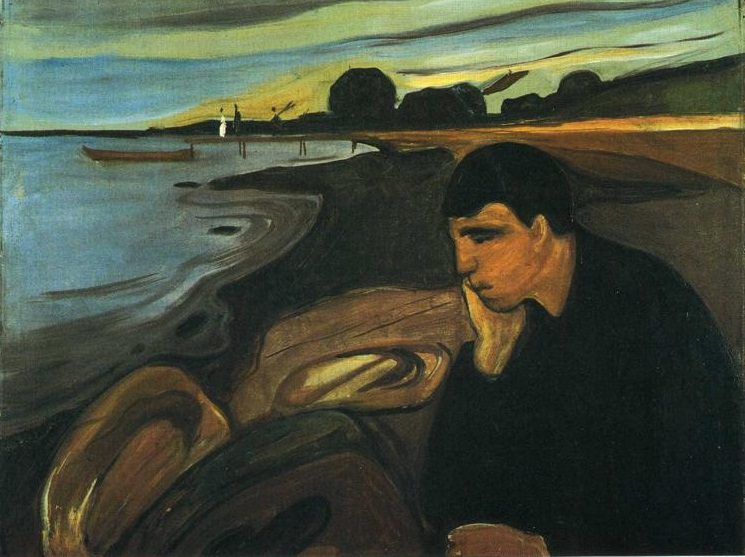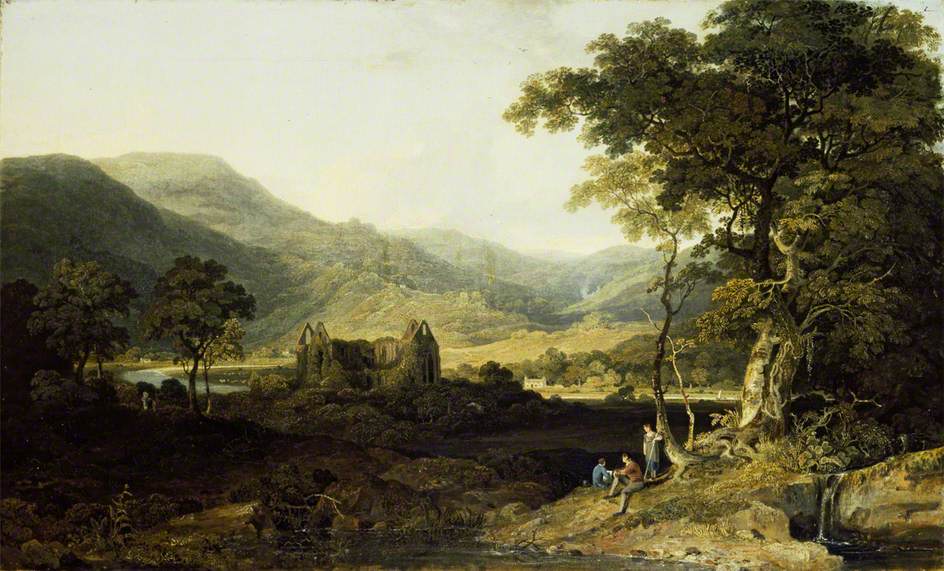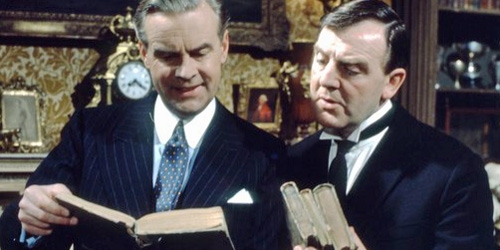Home » Author Identity » Young Writers
Category Archives: Young Writers
The Oregon Trail
Francis Parkman
1848
(Horses, rifles, and knives see a party of adventurers through the land of expansive plains, craggy mountains, buffalo, and the Sioux.)

“Shaw! Buddy!” Imagine a young, spontaneous Yankee calling out to his friend, both of them just out of college. He proposes that they leave the effeminate comforts of the East, and spend a summer adventuring westward into the untamed lands where life is dangerous and fascinating. Francis Parkman explains (ch.II):
“The restlessness, the love of wilds and hatred of cities, natural perhaps in early years to every unperverted son of Adam, was not our only motive for undertaking the present journey. My companion hoped to shake off the effects of a disorder that had impaired a constitution originally hardy and robust; and I was anxious to pursue some inquiries relative to the character and usages of remote Indian nations, being already familiar with many of the border tribes.”
So they did it. In 1846. Francis was 23. And the recollections of that journey, The Oregon Trail: Sketches of Prairie and Rocky-Mountain Life, remain with us as one of the best treatments of the early West that we will ever have. Parkman’s prose has the feel of a chronicle—it is obviously nonfiction, a travelogue. But it is not a ponderous journal of trivia and redundancy through which we must wade for hours to find the few interesting episodes; nor is each sunset a springboard for a forced flight of sentimental fancy in poor imitation of Byron’s Childe Harold or other Old World sketches. Rather, it is an engaging selection of vignettes, personalities, and anecdotes that admit us to the ranks of the “ragamuffin cavalcade” that was Parkman’s expedition. Parkman’s writing is like Parkman himself—the stereotypical American at his best, one might say: direct yet perceptive, practical yet romantic, hearty yet insightful.
Arnold’s early poems
Matthew Arnold
1840-1849
(A man of intellect and of spiritual sensitivity contemplates the purpose of life and its struggles.)

“Unwelcome shroud of the forgotten dead,/ Oblivion’s dreary fountain, where art thou”. What a dark way to begin one’s poetical efforts, at 18 years of age! And we need read no further to suspect (correctly) that in Matthew Arnold we are in for something very different from the Romantics, and quite different also from his Victorian contemporaries Browning and Tennyson. The essence of the distinction is in his preoccupation with the meaning of life, and by extension death and the loss of faith. This spiritual decline that disturbed him so much, often called the maladie du siècle or the “sickness of the century”, had been treated more seriously on the continent, while in England Wordsworth, Keats, and Shelley were grasping at Nature or the humanism of the Greeks for their spiritual anchor. Arnold was a more melancholic, more skeptical poet, and doubted that the sickness could ever be cured, although he certainly loved the ancients (many of his early poems have classical subjects), and he also did look to nature for inspiration. Even as a teen he presaged the Existentialists, and indeed much of the spirit of the twentieth century, in trying to devise a way to preserve our spirituality and sense of wonder while being brutally honest about our mortality and the fleeting nature of all human endeavor. Matthew Arnold was a great poet not mainly because he was imaginative, morally sensitive, and wonderstruck, nor on the other hand because he was freethinking, scholarly, and skeptical; he was great because he was somehow both of these sorts of people at once. If his poetry could be said to have a single goal, it was to merge these two halves of his consciousness, the spiritual and the intellectual.
Lyrical Ballads, and other early poems
William Wordsworth
1785-1799
(A poetic sage takes lessons on goodness and beauty from nature.)

A man of wisdom, a poet of nature, is Wordsworth. These are the goals to which he aspires, goals that are discernable in his work from a very early age. He wrote many of his greatest poems in the years covered here, before he reached 30. Wisdom, or more specifically a yearning for and contemplation of goodness and beauty, suffuses his poetry. Thus he is keen to deliver moral advice, and almost seems to teach or prophesy rather than reflect. But it is the deepest and most profitable kind of reflection, I can almost hear him replying, whose results teach the reflector something. And since he insists in the Preface to his Lyrical Ballads that he writes each poem with a purpose, and with the intent of delivering objective truths rather than ideas that one may take or leave as a matter of preference, we must prepare for a slight didactic or pedagogical flavor now and then. For Wordsworth, though firmly against elitism in poetry, is aware of his own wisdom, and is driven to share it with others. The topics range from attitudes towards people (as in “Matthew”), to attitudes towards nature (as in “Lines Written in Early Spring”), to a straightforward exhortation to be good (as in “Goody Blake and Harry Gill”). He imparts his values on social matters as well, regarding for instance the evil of slavery (at the end of “Descriptive Sketches”), the necessity of legislated charity (at the beginning of “The Old Cumberland Beggar”), and thoughts on education (e.g. “Expostulation and Reply”).
Whose Body?
Dorothy L. Sayers
1923
(A financier goes missing and a lookalike is found dead in a bathtub. The easygoing Lord Peter Wimsey searches for the connection.)

As troubling as murder is in our society, more of them happen on bookstore shelves than anywhere else, and millions of apparently peaceful people pay plenty of money to read about them, as if it were a pity that they don’t happen more often. I have casually wondered why. Probably it is an example of entertainment by extremity: if conflict is the heart of any good story, surely lots of people will go for people killing each other, since you can’t get more conflictual than that. This doesn’t really answer the question, though—it just passes the buck from fascination with murder to fascination with conflict in general. But of course we humans are inherently scenario-building, personality-scrutinizing, lie-detecting social beings. Human success has always depended on figuring other people out. The fact that one of the characters in such stories is likely to be the murderer is probably a large part of the draw. Trying to solve a murder mystery flexes the same mental muscles that we use for everyday social problem-solving and monitoring. And a murder is, again, more likely to catch our attention than any other breach of social mores. The authors make the stakes so high to ensure our attention. Not everyone goes in for these books, of course, which is simply because our society provides us with a variety of different ways to address basic human concerns. Take an EEG of a video gamer, sports follower, or romance reader at their respective hobbies; I suspect they are scratching the same itches in different ways.



The Hunchback of Notre-Dame
June 16, 2019 / 2 Comments on The Hunchback of Notre-Dame
(Notre-Dame de Paris)
Victor Hugo
1831
(Love for a young gypsy woman allows an ugly man to rise above the world’s hatred of him, and to show his inner beauty).
Beauty and beast stories are thousands of years old. Here is how they generally go: a beautiful maiden somehow must associate with a character of less-than-alluring appearance, such as an animal, a god in disguise, or a magically uglified human. The girl eventually sees beyond the grotesque exterior to the real person inside, and falls in love. Then very often the whole moral is promptly compromised by the male character’s transformation into the handsome prince. Ah—it’s really about outward appearance (and wealth) after all! I write this with a smirk, as in fact those stories are not claiming that outward appearance should have no importance, but just that love can be demonstrated to be rooted in deeper things if we remove good looks as an experiment. (By the way, we’re generally talking here about removing the man’s good looks. Removing the woman’s good looks is far rarer in literature, as any student of human behavior could have predicted.)
Victor Hugo, perhaps the wisest of the great French novelists, wrote the perfect beauty and beast story—indeed, could do so only because he was wise. He understood beauty and was true to it in all its manifestations; and he understood ugliness and was fearless and trenchant in portraying its effects and implications. The novel is fundamentally about beauty: of Notre Dame cathedral, of Quasimodo its deaf mutant bell-ringer, of Esmeralda the gypsy girl. The beauty is very different in the three examples, except in fragility, which they share—these three beautiful things, a building, a beast, and a belle. And their fragility is due to ugliness, which likewise takes diverse forms.
(more…)